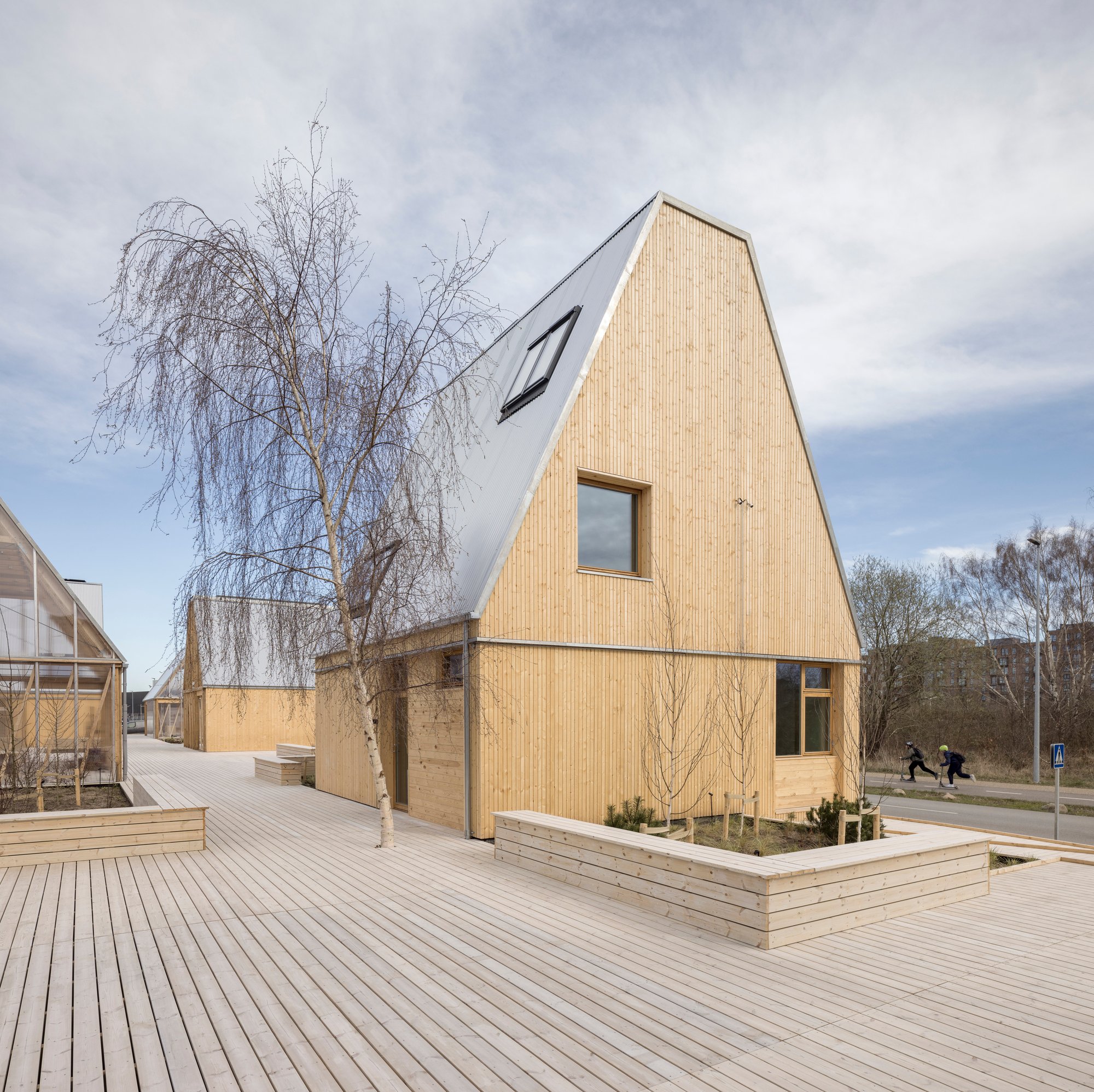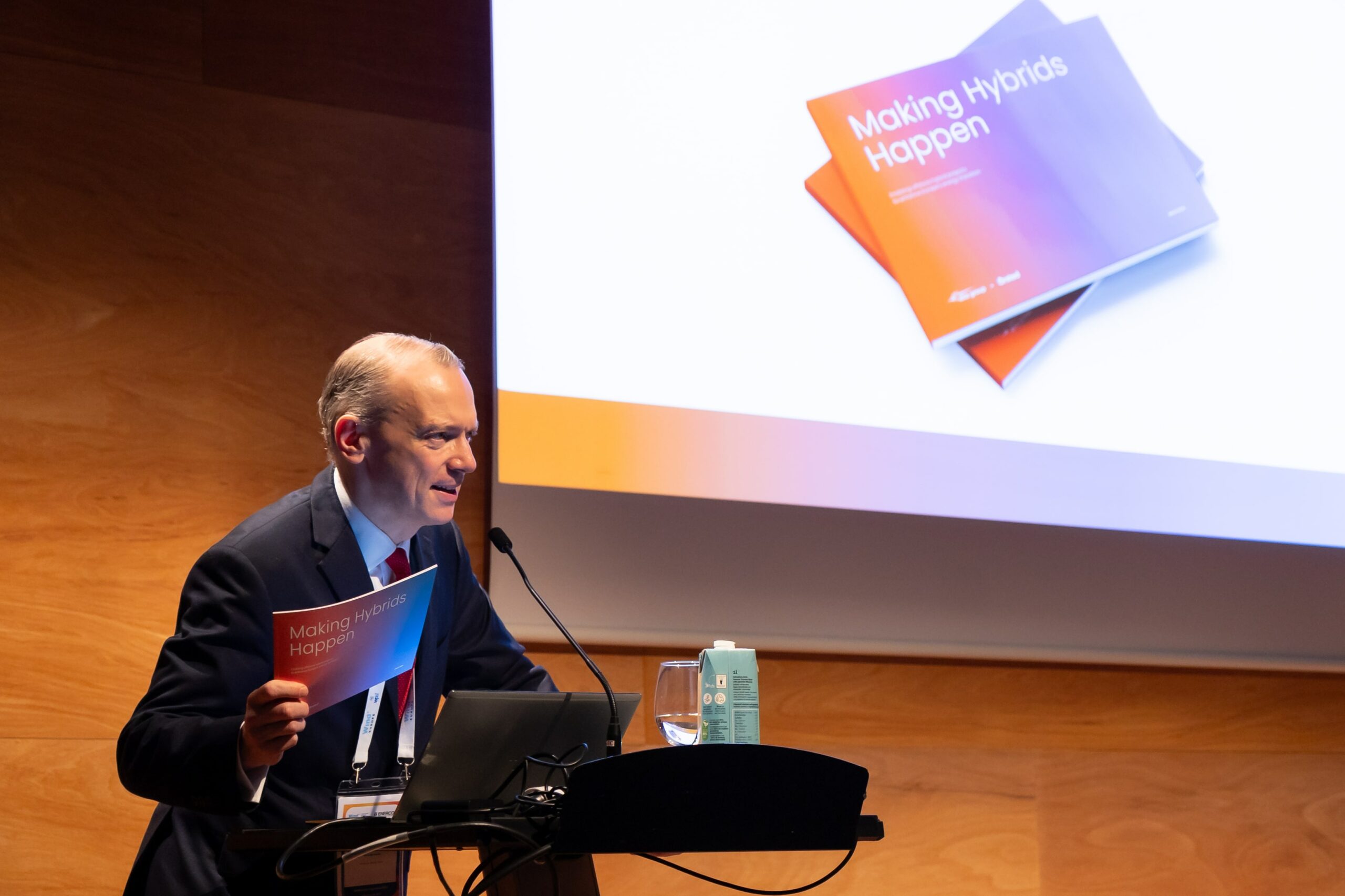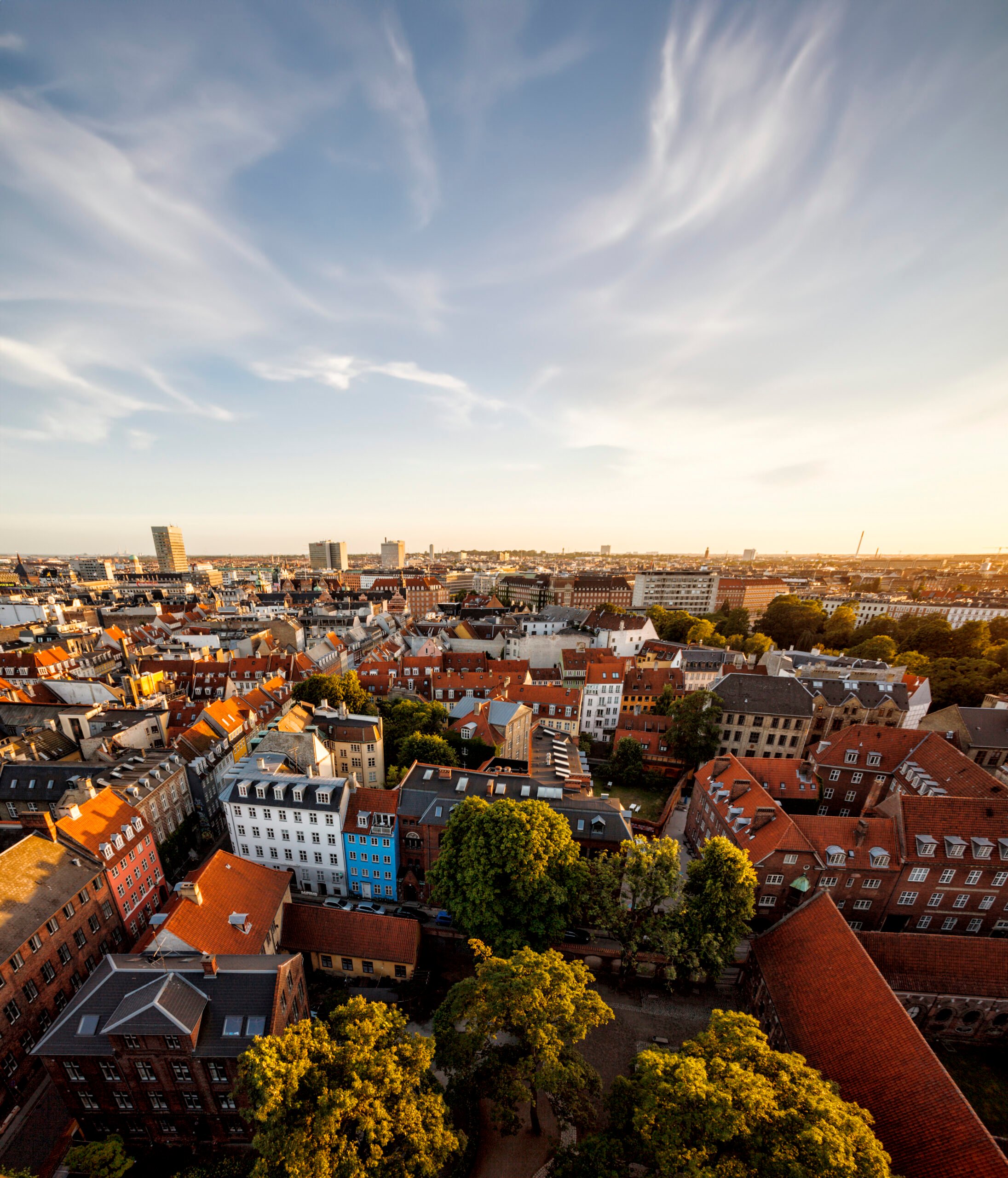News
Air pollution
Energy efficiency in buildings
Living labs
+3
Award winning City of Glasgow colleges promote excellence in sustainable building technology


City of Glasgow College's £228m twin site comprises City campus on Glasgow's Cathedral Street and Riverside campus on the Clyde. The two campuses opened in 2016 and 2015 respectively and together, they represent a multi-million pound investment in tertiary education where Scottish and international students benefit from world class facilities. Today, the two campuses accommodate more than 40,000 students of 130 nationalities and 1,200 members of staff, and offer the broadest range of courses and levels of any college in Britain.
Commendable green agenda through innovative technologies
The many awards mirror the sophisticated design that Reiach and Hall Architects in association with Michael Laird Architects have put into the buildings. Both campuses incorporate highly innovative clean-tech principles including the sustainable natural ventilation strategy using WindowMaster equipment. It is a passive and energy efficient approach where the atrium acts as a natural stack helping to drive controlled ventilation through the buildings. Windows are automated with a total of 1,200 concealed actuators that use the modern MotorLink® technology, which enables the quietest, most accurate, and energy efficient window operation and natural ventilation control.
The intelligent software that controls the actuators uses data collected on CO2 levels, indoor and outdoor temperatures and weather to ensure that high levels of comfort and a healthy indoor climate are maintained. To further reduce the energy usage and heighten thermal comfort for students, the building is able to take advantage of automated night purge ventilation, which supports the daytime natural ventilation strategy. Selected windows can be automatically opened to controlled positions during nighttime when weather conditions allow, to create a fresh and more comfortable building for students when they arrive in the morning.
Together with the other low carbon and energy generation measures that are applied, the IES SBEM Model (Simplified Building Energy Model) forecast a total carbon dioxide emission of 13.8 kg CO2/m2 per annum. This is less than a third of the emissions compared with HEEPI Sustainable Laboratories for Universities and Colleges benchmarking, and places the buildings in the "best in class" category for carbon emissions.
The buildings are BREEAM excellent and EPC "A" rated.
Fresh air increases student performance
Harvard Schools for Health has previously stated that "school is the place where children spend most of their time outside the home". Because of this, it is vital that classrooms and learning institutes provide optimal conditions for sustained concentration and environmental attributes that engender the ability to acquire new knowledge.
Research has shown that a poor indoor climate can result in 15% reduced performance, which is similar to one extra year seen over a child's entire educational period. As concluded by several studies, the potential benefits associated with natural ventilation are manifold and relate to everything from reduced absenteeism to improved performance.
As such, the ventilation strategy applied by the City of Glasgow colleges, where they use WindowMaster's automated actuators and motorlink technology, conforms with the latest thinking on the future of wellbeing in educational settings. Besides creating two highly sustainable buildings, they have also invested in the best environmental conditions for learning.
You should consider reading
solutions
Energy efficiency in buildings
+2















